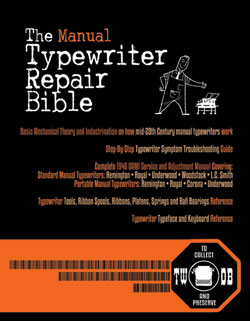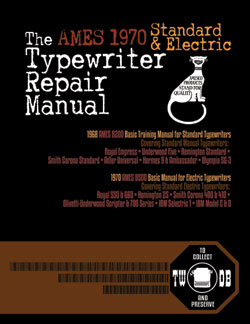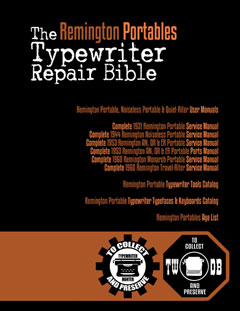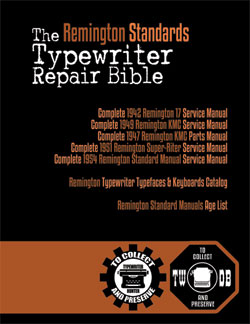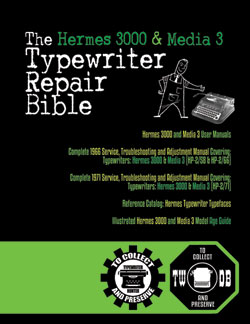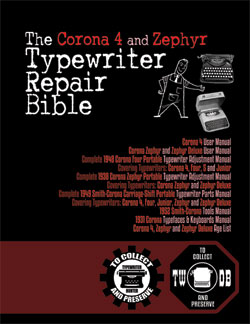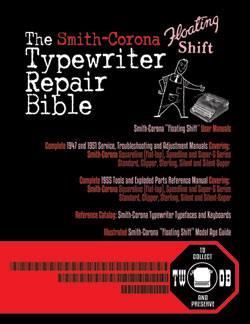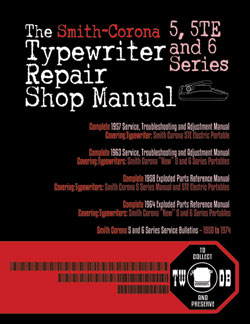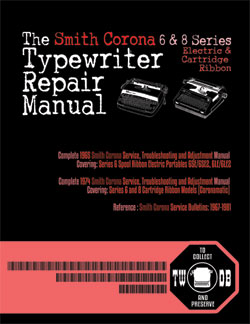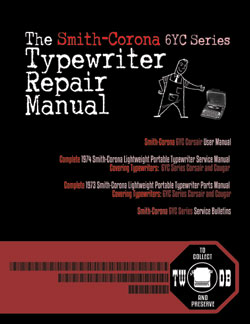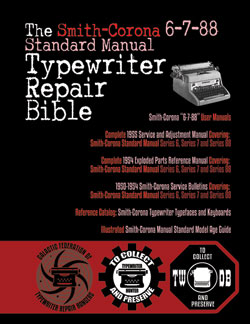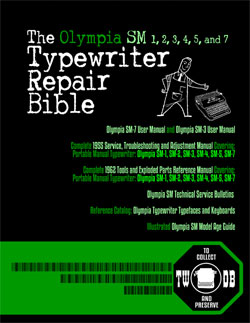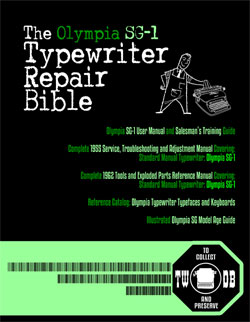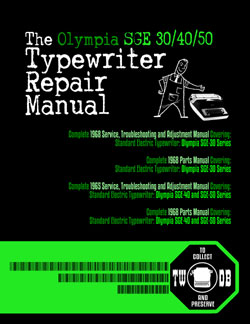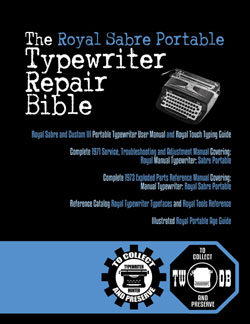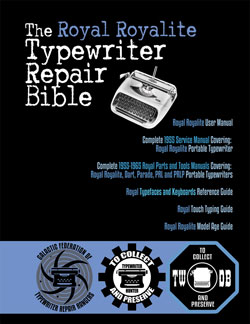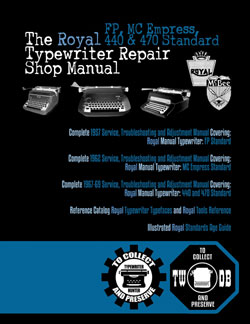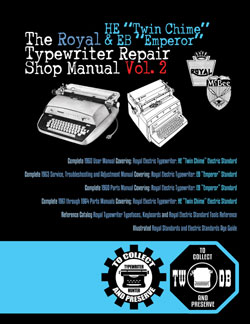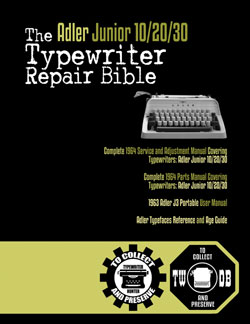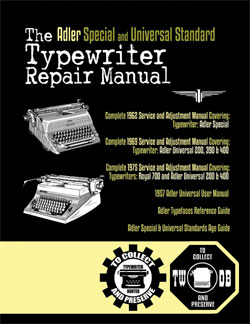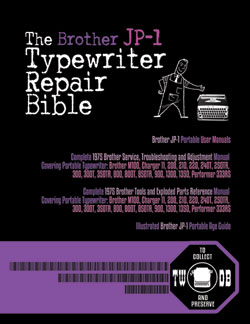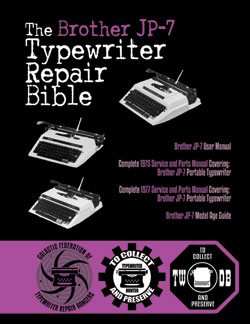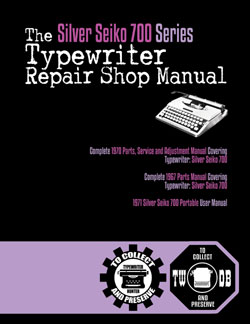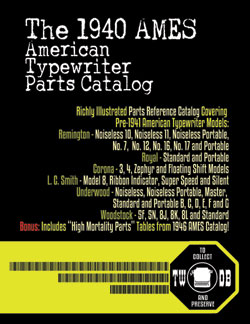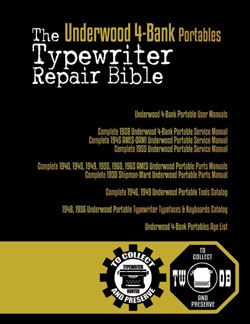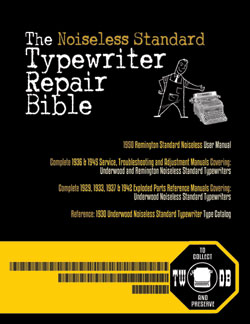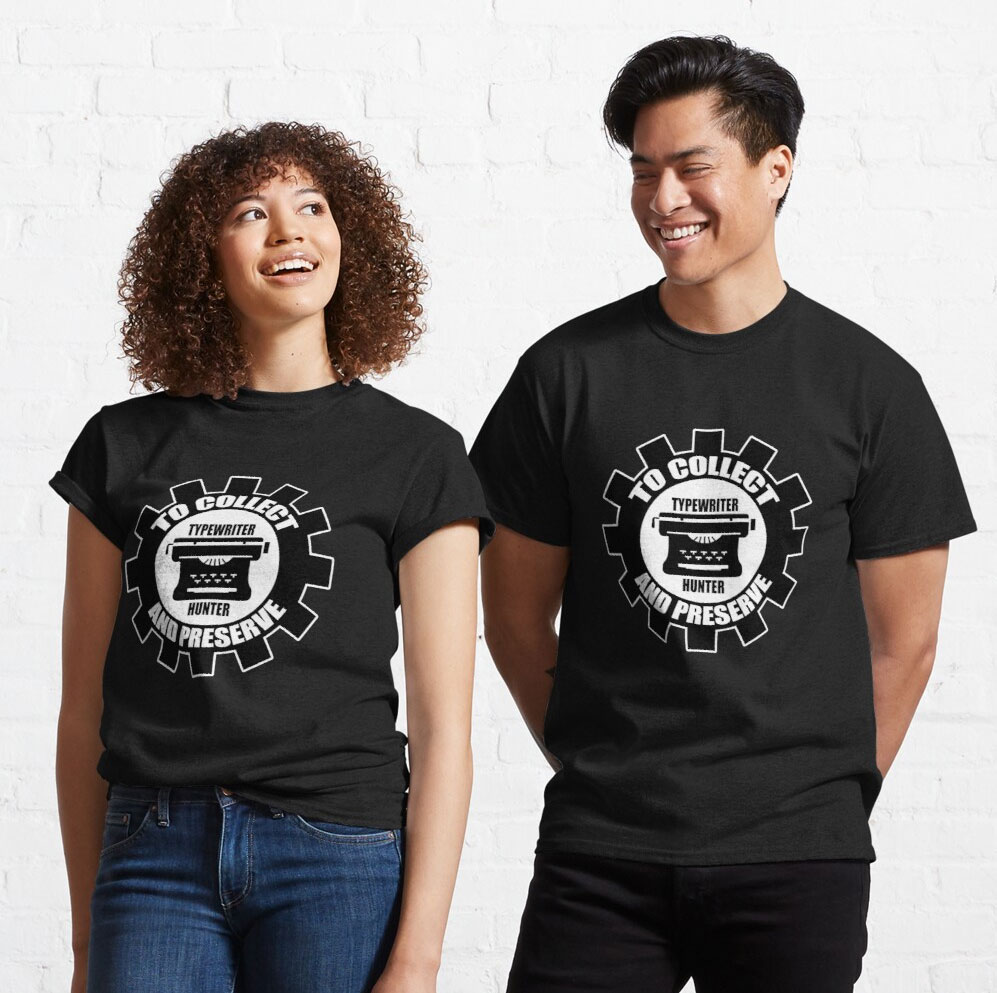192X Elliot Fisher Accounting Machine #*CAX6AE85830*
Status: My Collection
Hunter: Mac Derscheid (mderscheid)
Created: 03-02-2014 at 02:45PM
Last Edit: 05-30-2014 at 02:57PM
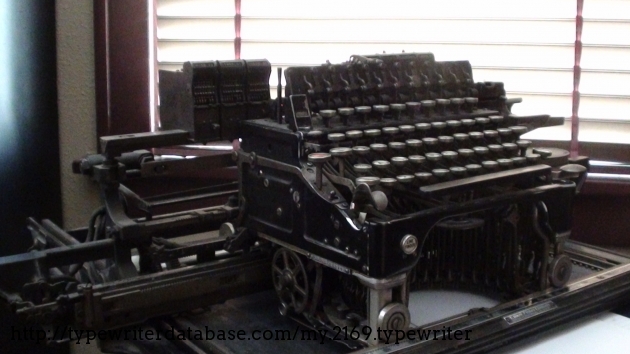
Description:
This machine was made by Elliott Fisher in the 1920's, most likely around 1925. I cannot identify the exact model, but it is probably a Universal Accounting Machine or a Simplex Accounting Machine. It has three serial numbers on it: one on the keyboard, and two on the base. The one on the keyboard is "*CAX6AE85830*". the serial number has an actual star before and after it, much like the star, or "Clear Signal", in the typing sample. The number on the base table reads "D66AE 102928", and the one on the cylindrical base support reads "PR61-3218". This machine has an electrically powered "carriage" return. Carriage is in quotation marks because it doesn't have a traditional carriage, instead the entire unit moves left and right, forward and backward over the flat platen mounted in the table. It can add in columns, and add or subtract in rows. The row arithmetic register has the capability to switch from add to subtract and back based on which column you are currently typing in. The user defines where each column is, and whether it is an add or subtract column. My machine has seven column registers, and all of these machines have only one row register. The row register has an interesting method of being sure that the typist does not forget to clear the numbers, and therefore carry them over to the next row. This is in the form of a "Clear Signal" key, which types a star next to the total column of the book. This key cannot be pressed until the row register is clear. If the signal is not present on a row, the accountant knows that the next row may be incorrect.
Typeface Specimen:
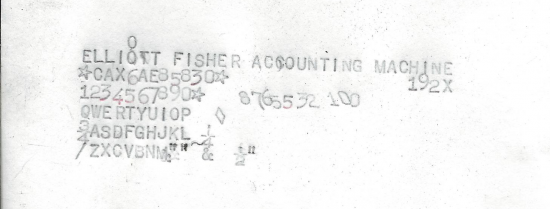
Photos:
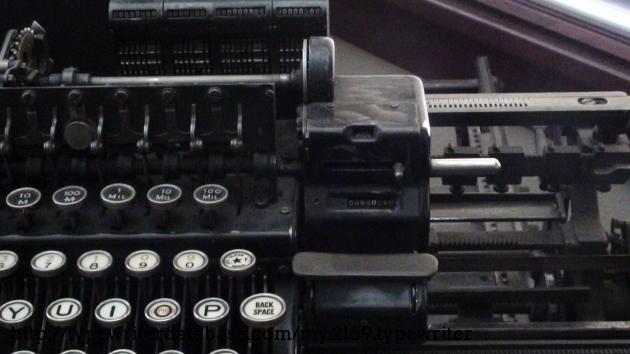
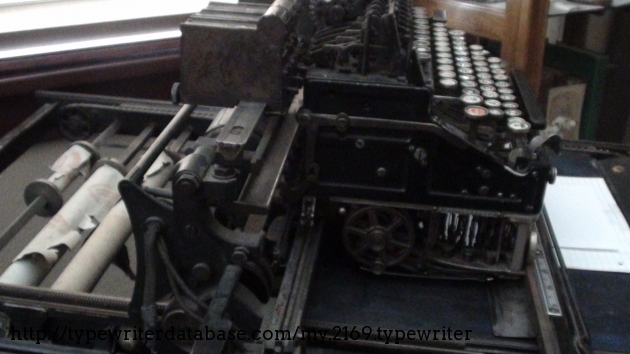
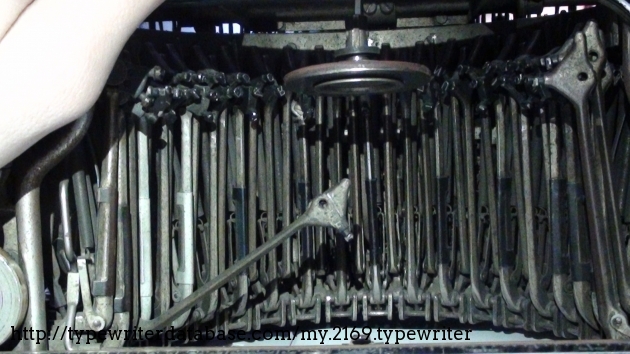
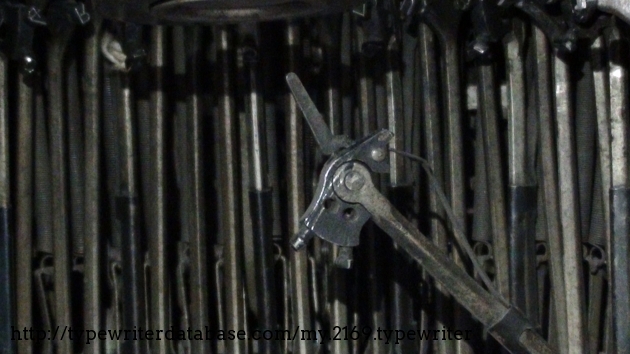
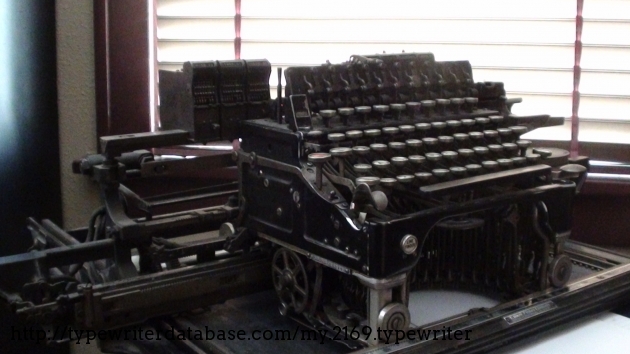
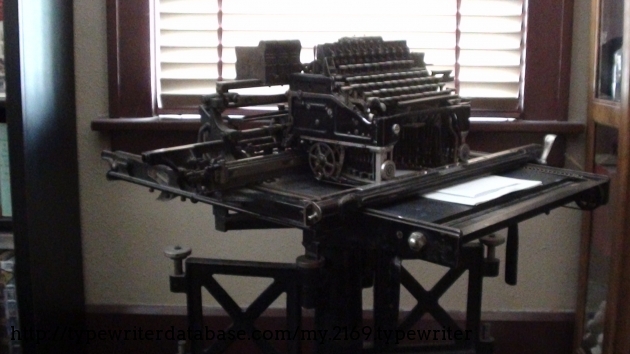
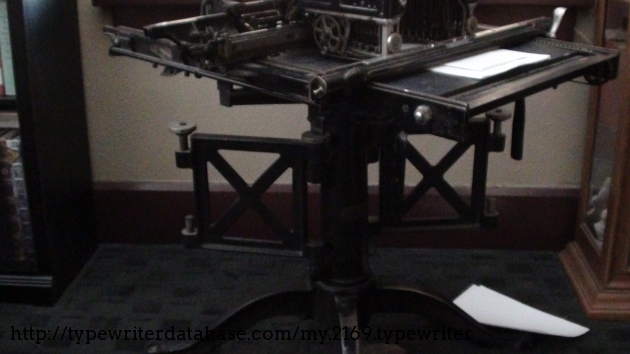
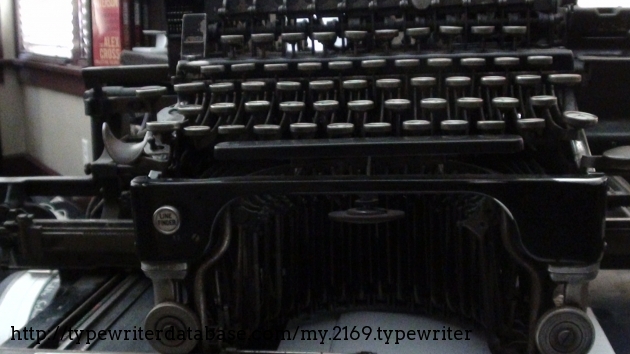
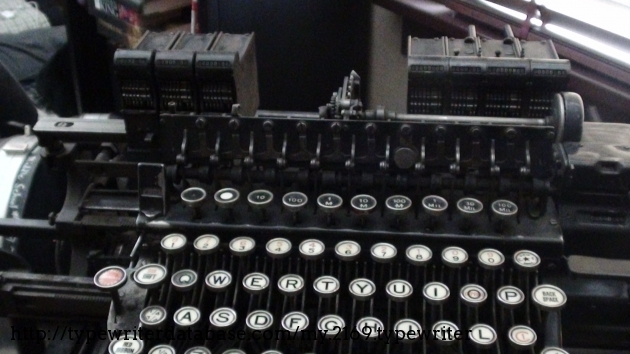
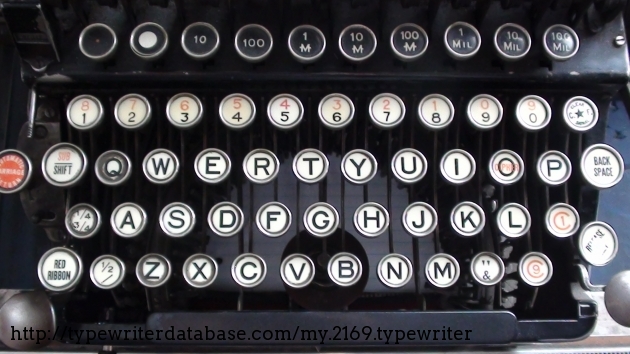
Hunter: Mac Derscheid (mderscheid)
Mac Derscheid's Typewriter Galleries [ My Collection ] [ My Sightings ]
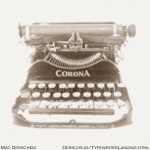
Status: Typewriter Hunter
Points: 964
My first experience with a typewriter came when I was around 6 years old, every time I visited my grandmother I would go type on her Smith Corona electronic typewriter. Back in early 2012, my mother stumbled across the USBTypewriter project, and I was hooked instantly. I quickly bought a kit, and in June 2012 I purchased the machine to be used with it: my beautiful late model Royal 10. Later that year I stopped at an antique store, and found another machine: this time a Remington Rand Model 7. I thought I would buy just one more. Then later, one more. And then one more. Pretty soon I amassed around 30 machines, and that number is still growing today! I hope to get them all uploaded here soon so that I actually have a count on my typewriters, because I lost count long ago.
RESEARCH NOTE: When researching the Elliot Fisher Accounting Machine on a computer with lots of screen real estate, you may find that launching the Elliot Fisher Serial Number page and the Elliot Fisher Accounting Machine By Model/Year/Serial page in new browser windows can give you interesting perspectives on changes throughout the model series.
